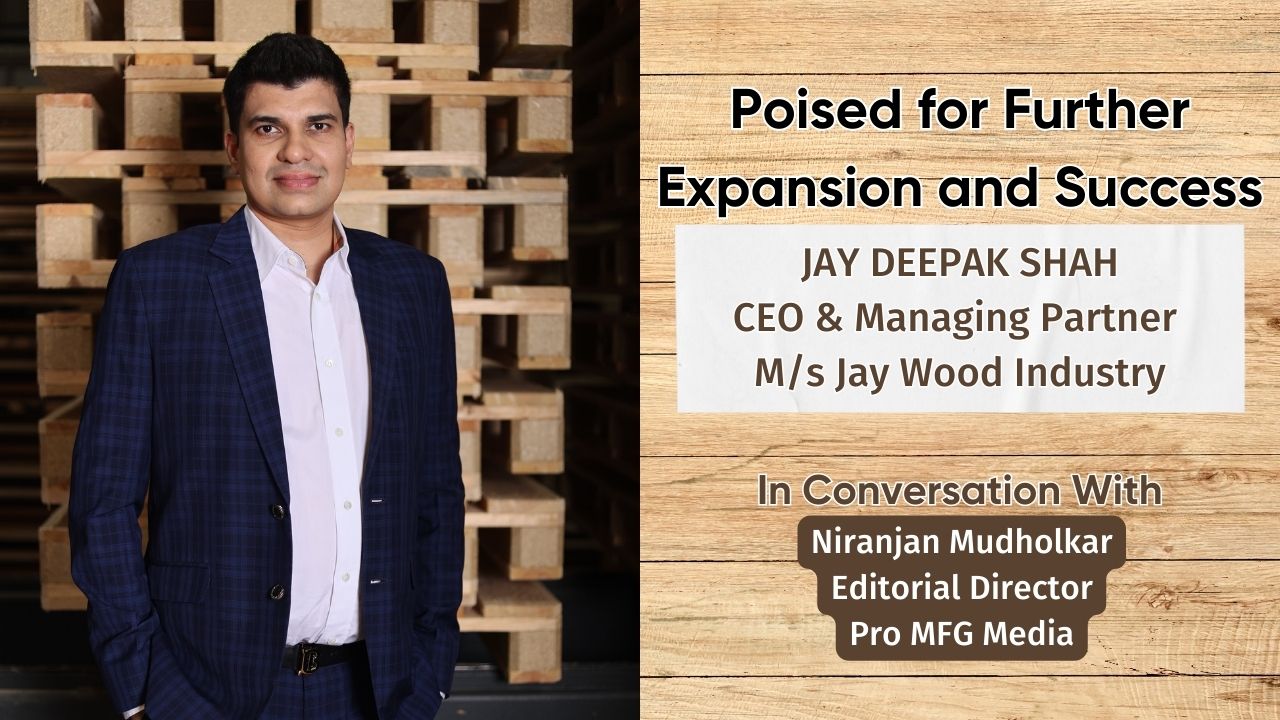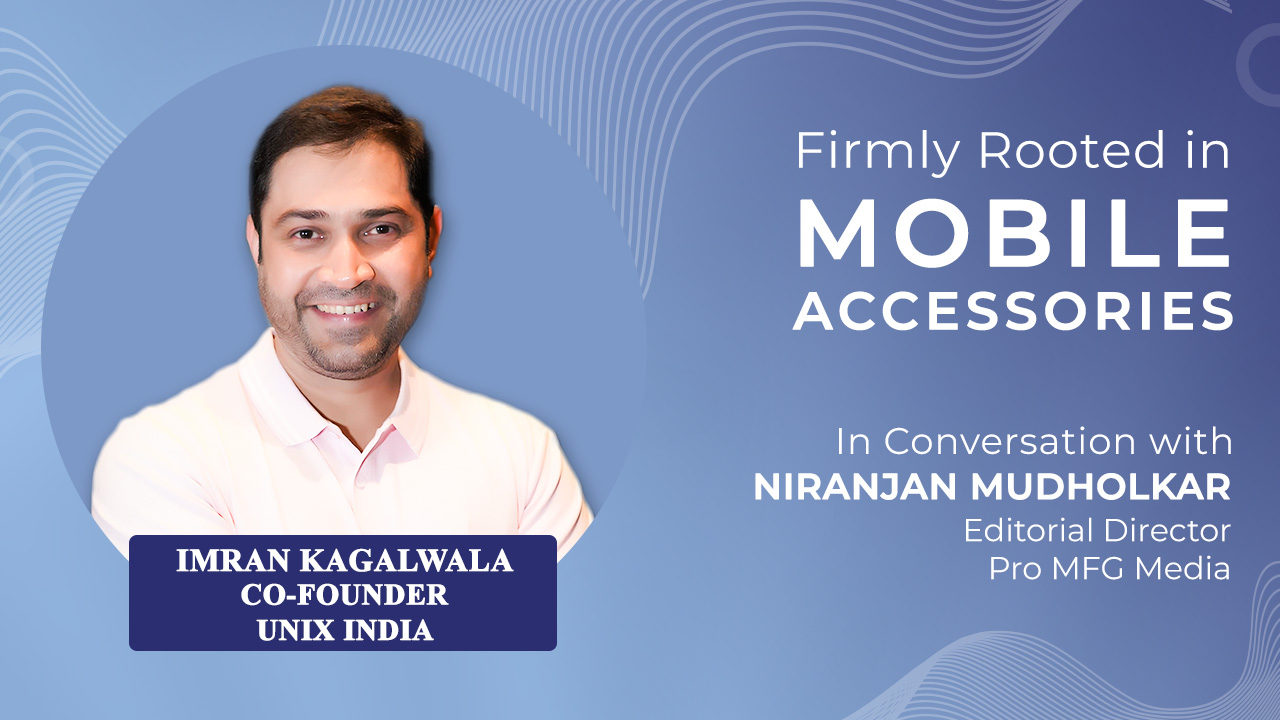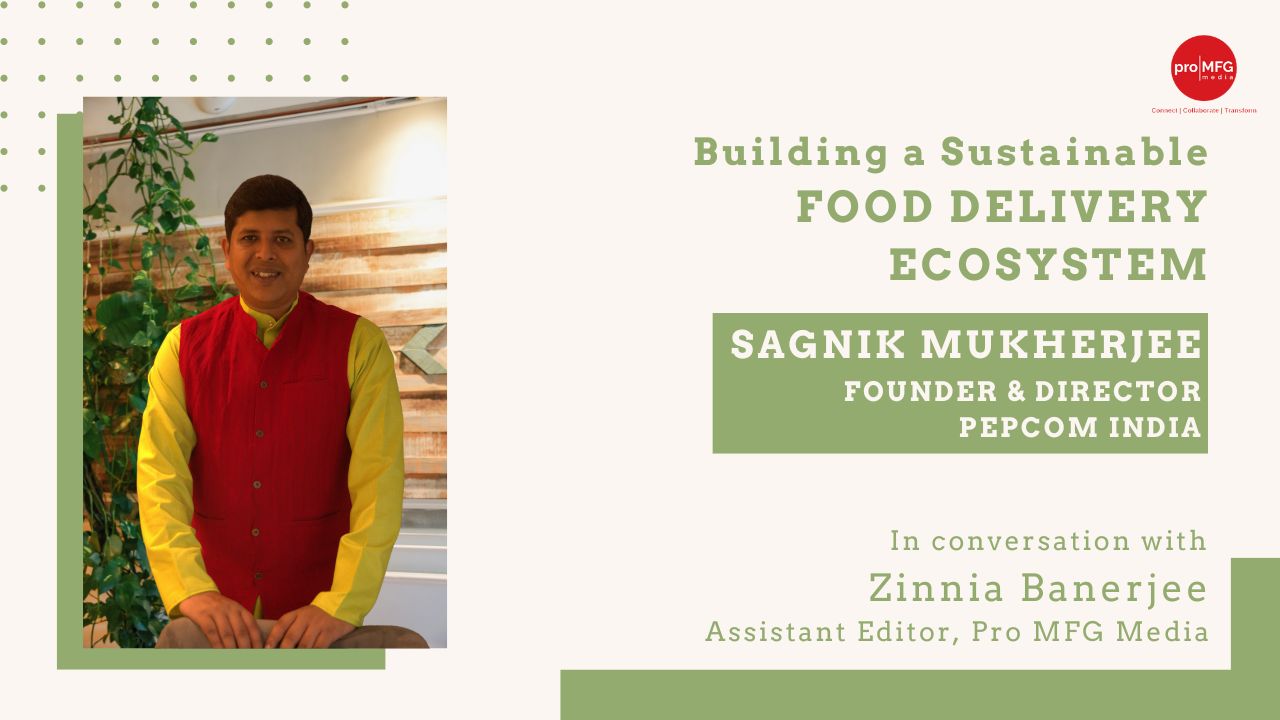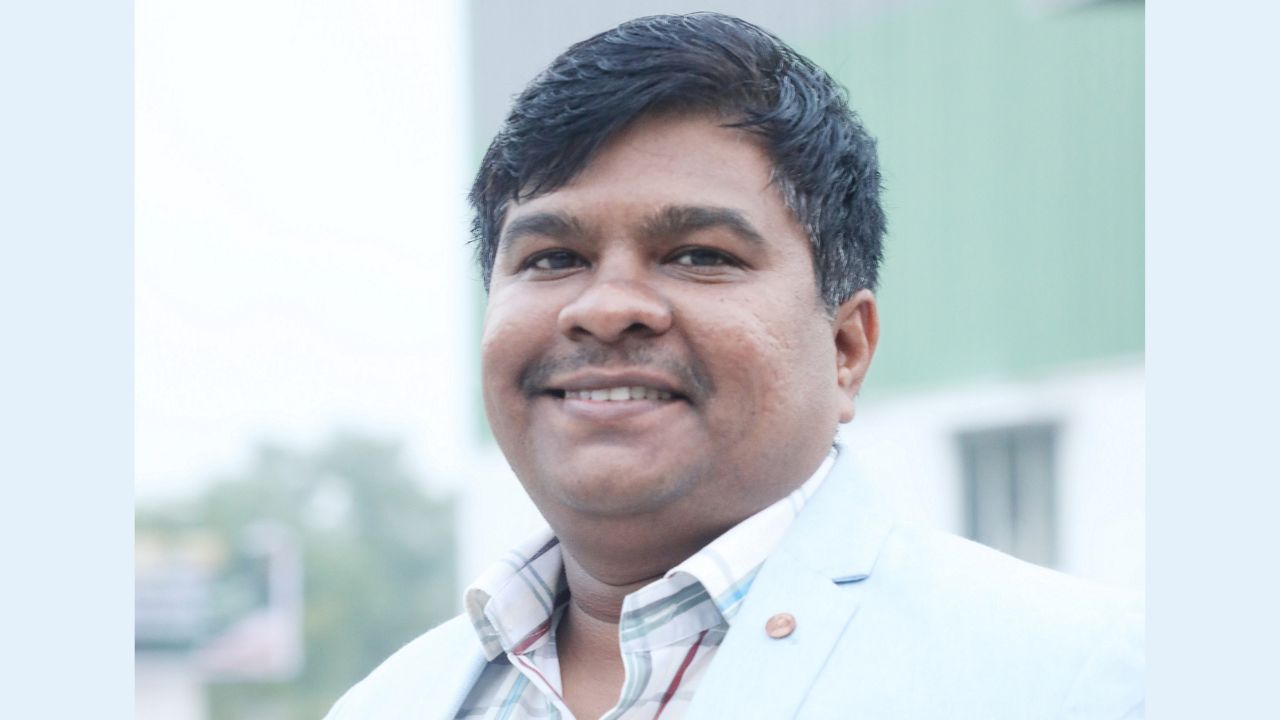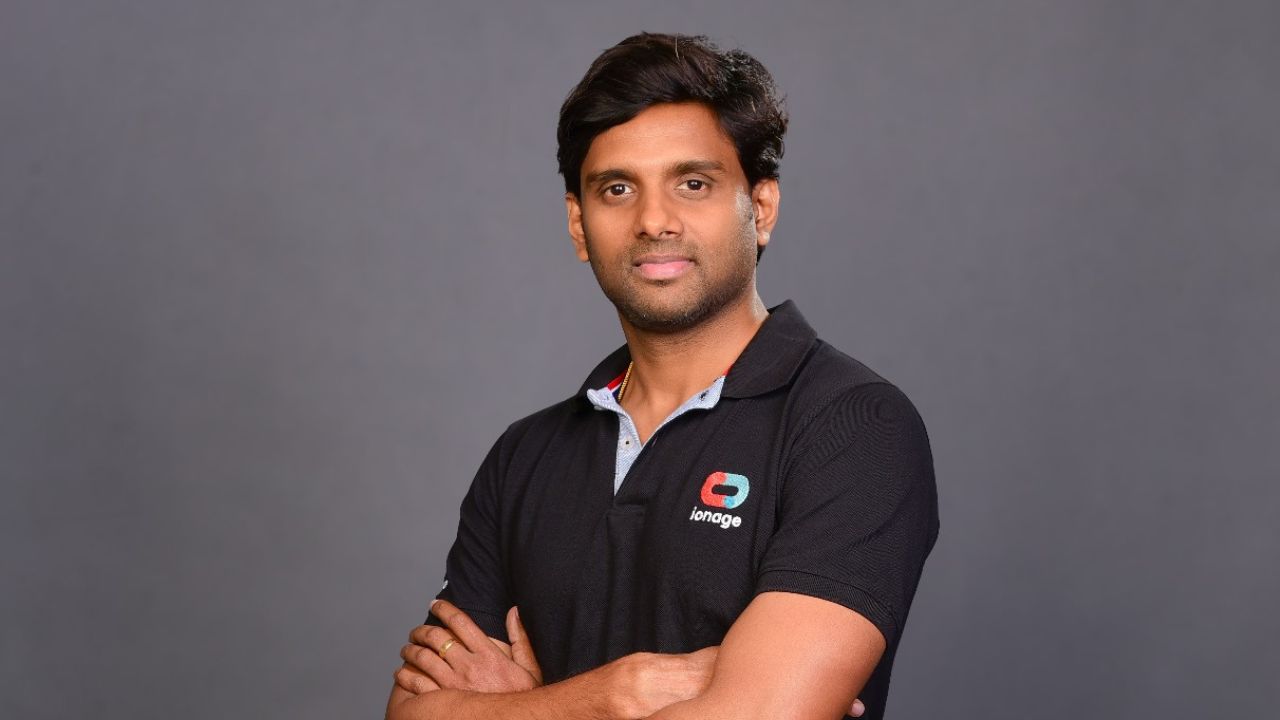Transforming Battery Recycling with Sustainable Metal Extraction Technology
#MiniMines #EV #LithiumIonBatteries #SustainableMetalExtraction“Our hybrid hydrometallurgy process uses water as the primary solvent, avoiding harmful chemicals and ensuring a zero-liquid discharge, which eliminates the environmental issues associated with other methods such as pyrometallurgy and solvent extraction. Unlike pyrometallurgy, which generates significant emissions, and solvent extraction, which leaves behind solvent residues requiring disposal, our process is entirely eco-friendly.”- Arvind Bhardwaj, CTO, Mini Mines
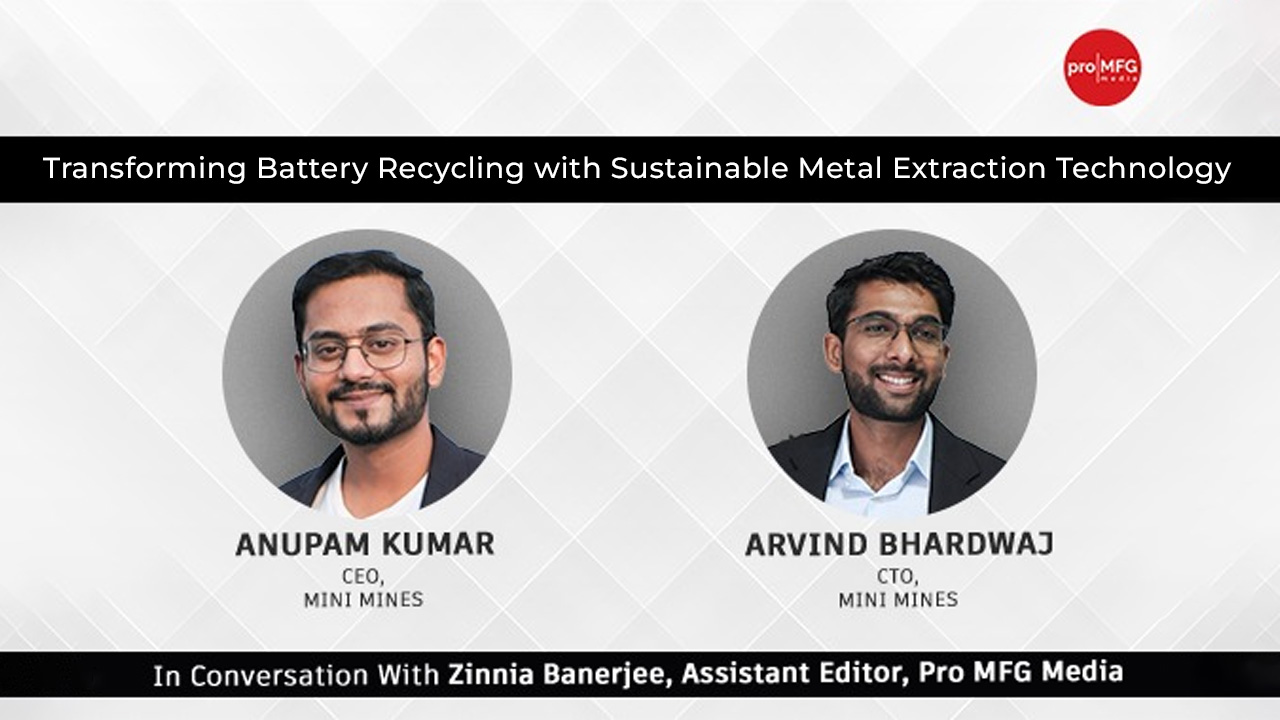
June 2024 : In an exclusive interview with Zinnia Banerjee, Assistant Editor, Pro MFG Media, Anupam Kumar, CEO,mMini Mines and Arvind Bhardwaj, CTO, Mini Mines talk about building a sustainable metal extraction technology from used lithium-ion batteries leveraging their experience and expertise while capitalizing on a sunrise industry.
● Can you share a brief overview of MiniMines’ journey so far in its mission and vision to develop sustainable, clean-tech recycling technologies?
Anupam: Before joining MiniMines, we both were working at Log9 materials. At Log9, I was working on lithium ion cells. A lot of these cells were being generated back then and those used to be disposed of through incineration. So, that is when I realized that rather than simply incinerating them, we can do something better with it. Therefore, I approached Arvind. He knew what goes into the lithium ion battery, and I know what to recover it from and how to configure it. It seemed logical to us to explore this arena.
Arvind: When I joined Log9 Materials, the organization was working on graphene and its application in paints, coatings and filtration devices. I started R&D in energy storage devices which was a new domain for Log9 Materials. During my stint at Log9, I developed aluminum ion batteries, supercapacitors and lithium ion batteries. Thus, when Anupam approached me I even thought it to be a logical move.
● Tell us about that proprietary clean-tech process that MiniMines has developed?
Arvind: When we started working on battery processing, we discovered that recycling was already being practiced. However, existing methods were neither environmentally friendly nor economically feasible. So, we started to work from scratch and developed our proprietary hybrid hydrometallurgy process. MiniMines has pioneered a unique and proprietary hybrid hydrometallurgy process for recycling lithium-ion batteries, addressing the shortcomings of existing methods. This process can recover 96 percent of aluminium compounds with more than 99 percent purity. And that is what makes this process very unique. The process begins with the mechanical dismantling of the batteries using our specially designed machinery, which safely separates the components into aluminum, copper, plastic, iron, and black mass. This separation simplifies the subsequent steps, where the black mass—containing valuable metals like lithium, cobalt, nickel, and manganese—is processed further. Now once we have crushed the batteries and separated the black mass, the aluminium, copper and plastic are channelised to their respective recycling industry. At times, it is used as a secondary product for us as well. The black mass goes for the post treatment process. And, this is where we deviate from traditional processes like pyrometallurgy, carbothermal and solvent extraction to use hybrid hydrometallurgy.
● There’s always a concern for environmentally sustainable and economically viable methods of metal extraction and recycling. What steps are you taking to ensure that?
Arvind: Our hybrid hydrometallurgy process uses water as the primary solvent, avoiding harmful chemicals and ensuring a zero-liquid discharge, which eliminates the environmental issues associated with other methods such as pyrometallurgy and solvent extraction. Unlike pyrometallurgy, which generates significant emissions, and solvent extraction, which leaves behind solvent residues requiring disposal, our process is entirely eco-friendly. Additionally, we do not rely on costly raw materials or energy-intensive procedures, resulting in significantly lower operational costs compared to existing market processes.Our process dissolves metallic materials in a water-based solution and then adjusts the pH, temperature, and pressure to selectively precipitate each element. This maximizes the recovery rate and purity of metals while minimizing waste and environmental impact.
● What are the biggest challenges that MiniMines faced in the early days?
Anupam: Securing adequate financial resources has been one of our biggest challenges. From the outset, we were cautious about relying on investor funding due to the associated pressure to scale rapidly. We have been fortunate enough to have been supported by different government entities and CSR brands. A second critical challenge we faced was on getting the right mentors and advisors on board. We struggled a lot in getting the right mentors who could guide us to take our vision ahead. there were times when our focus was diverted to tasks that didn't align with our core goals. We also struggled in getting the right business connections.
Arvind: When we started MiniMines, there were no defined government policies on battery recycling or mandates for waste battery collection. The lack of a steady supply chain made sourcing batteries a significant challenge. Additionally, obtaining regulatory approvals from the government was, and remains, a tedious and complex process.
● How does MiniMines plan to scale its operations and technology to have a broader impact on reducing global carbon emissions?
Anupam : We have already scaled our operation to multiple layers. Currently, we can recycle 1.5 tonnes of discarded batteries every month totalling 1500 tonnes per annum. Over the next three years, we plan to scale this to around 10,000 tonnes annually, covering approximately 5-10 percent of the battery waste generated in our country. Additionally, we have the expertise to make cathode active material (CAM) that can be used in making new lithium ion cells in India. This would be beneficial for cell manufacturers. We are forward integrating the recovered material to make CAM that acts as a base material for cell manufacturers. Cell manufacturers can use this to lithiate.
● Can you share more about your commercial partnership with UNIDO?
Anupam: UNIDO has been one of our first clients. The commercial partnership was to process approximately 2 tonnes of waste batteries and recover critical elementary compounds from them that could then be used in different industrial applications. The overall objective was to demonstrate that these recycled elements can be reused in sectors such as the EV ecosystem, chemical industry, and beyond.
● MiniMines has been recognized as one of the top 30 Cleantech Startups in India by the Ministry of Housing and Urban Affairs. What factors do you believe contributed to this recognition?
Anupam: One of the key guiding principles of MiniMines has been to take the right steps, even if it takes time. We have organically and endogenously developed and diversified our processes, plant, and concepts. Publicly, we are recognized as one of the most cost-effective companies in technology development and plant operations. We have focused on optimizing our operations with available resources, such as sourcing electronic waste from multiple government-established collection centers for upcycling. In my opinion, these cumulative efforts have contributed to our recognition.
Arvind: The government already had a demand for the critical elements we extract from used batteries. Around 2020, as the government began emphasizing e-waste recycling, it sought a technology that was both economically feasible and environmentally friendly. Our technology and process aligned with those requirements.
● The EV battery recycling industry is becoming increasingly competitive. How does MiniMines plan to stay ahead of the curve in terms of innovation and cost-effectiveness?
Anupam: The lithium-ion battery space is relatively new and constantly evolving, with varying battery chemistries such as prismatic batteries, cylindrical cells, NMC, and LFP. This dynamic landscape necessitates continuous innovation and adaptation in the recycling segment. Here, MiniMines has a strategic advantage. Our early start has put us three to four years ahead of our competitors in terms of technical competencies. Additionally, we have strategic support from multiple OEMs and have secured recognition and support from various government agencies, including NITI Aayog, BIRAC, and the Ministry of Housing and Urban Affairs, which have added to our credibility.
Arvind: The core differentiator of MiniMines is our focus on research and development and the strength of our team. For example, few entities are currently concerned with LFP batteries, as they involve no precious materials apart from lithium. However, this technology is projected to capture a 50 percent market share in the EV industry, providing us with a strategic advantage. Moreover, the partnerships we have established enable us to source raw materials very economically. This cost efficiency, combined with our innovative approach and team expertise could go a long way in being a key differentiating factor.
NEWSLETTER
TRENDING ON PRO MFG
MORE FROM THE SECTION





